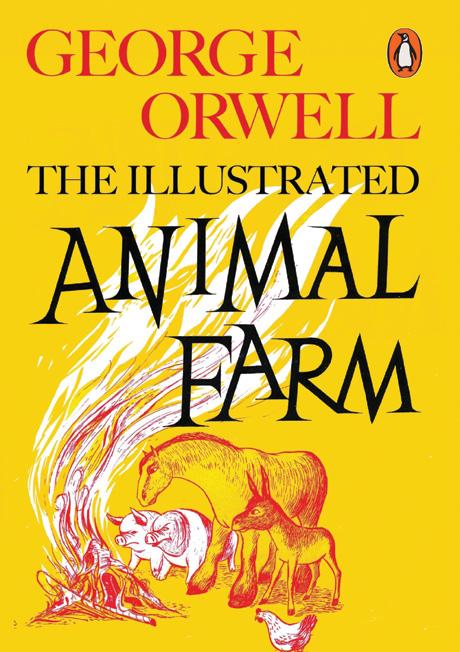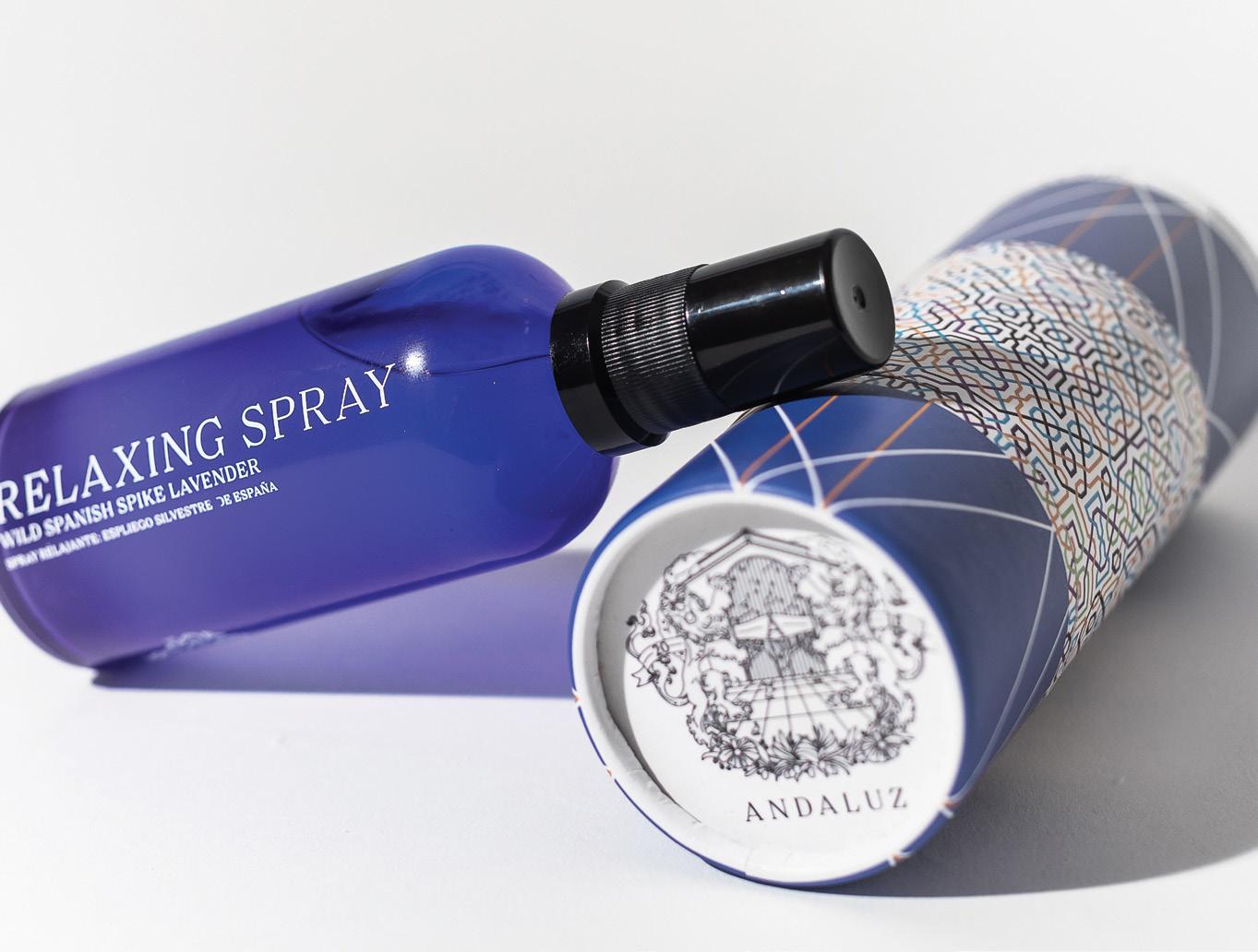
3 minute read
THE OINK OF ANIMAL FARM
It was the book that made children cry and world leaders very afraid. George Orwell’s cartoon satire portraying Soviet Russia’s leaders as a ruling class of pigs was a Cold War threat even primary school children could understand. Published 75 years ago this month, Belinda Beckett discovers it still has the OINK Factor – SMS text code for ‘Oh I never knew that’.
ILLUSTRATIONS RALPH STEADMAN
Whether you bawled your eyes out over the death of Boxer the workhorse or became a committed anti-communist pork eater, Animal Farm was likely the constant companion of your senior school years. But sabotaged by a Soviet spy, weaponised by the CIA, inspired by a communist plot to assassinate Orwell in Spain... who knew it had such a chequered history?

Orwell’s demolition job on Stalin’s communism, reimagined as Animalism on an English farmyard ruled by a Berkshire boar called Napoleon, was political dynamite no one wanted to believe, let alone print. Russia’s Red Army was an ally in the war against Hitler, and publishers in Britain were warned not to touch it.
Everything changed during the Cold War, a term Orwell invented, when the West was obsessed with ‘Reds under the Bed’. Animal Farm became an American weapon of propaganda and millions of copies were air-dropped by balloon into eastern bloc countries. In 1954, the CIA’s Psychological Warfare Department bought the rights to the first animated movie, changing the ending to make the humans heroes.
Subtitled A Fairy Story when it was first published, Orwell’s piggy tale was anything but porky pies although he never went to Russia, before or after the Revolution. It was inspired by an entirely different conflict – the Spanish Civil War.
Orwell went to fight fascism alongside the Republicans with the Workers’ Party of Marxist Unification. Half way through the war, Stalin branded them Trotskyite traitors. Their leader was executed, its supporters hunted down and jailed on trumped-up charges. Orwell’s name was on the Wanted list. ‘We started off by being heroic defenders of democracy, and ended by slipping over the border with the police panting on our heels,’ he wrote when he was safely back in England, itching to tell the story of ‘how easily totalitarian propaganda can control the opinion of enlightened people in democratic countries’.

The battles of Animal Farm, the struggles to defend the windmill, the purges, fake news and kangaroo courts, all come from Orwell’s time at the Aragón front, when he saw communism in action in a very different setting. The Spanish workers were betrayed by Stalin as they were in Russia and as Animal Farm’s socialist utopia was sold out by the pigs.
Orwell knew the nature of pigs from childhood visits to his uncle’s farm, choosing them as villains because ‘they are most annoying destructive animals, hard to keep out of anywhere because they are so strong and cunning.’ His bestial theme was motivated by the sight of a young boy whipping a carthorse. “It struck me that if only such animals became aware of their strength we should have no power over them, and that men exploit animals in much the same way as the rich exploit the proletariat.” he explained.

Boxer the workhorse
He wrote the book in just three months and gave his pet goat Muriel a part. Orwell is Benjamin, the cynical mule, one of the few animals who can write. His pals nicknamed him ‘donkey George’.
Animal Farm was banned in eastern bloc countries until the collapse of communism in 1989 and it’s still outlawed in North Korea. Conversely, book sales in America shot up when Donald Trump came to power with his spin doctors, fake news and slogan-chanting rent-acrowd ‘sheep’.

75th Anniversary Edition
READ THE BOOK For the 75th anniversary of Orwell’s chilling fable, Penguin Classics has republished an illustrated version containing the original line drawings made for that infamous CIA-sponsored 1954 film.
SEE THE FILM (eventually) Andy Serkis (Gollum the goblin in Lord of the Rings) is to direct a motion capture production for Netflix which was due to start shooting next year. “It is going to be emotionally centered in a way that I don’t think has been seen before,” he says.
GET THE PRINTS The stunning illustrations for the 50th anniversary edition were drawn by Welsh commercial artist Ralph Steadman. The English version is out of print but you can still find it in Spanish, Rebelión en la Granja. Or buy the prints at prints.ralphsteadmanshop.com










